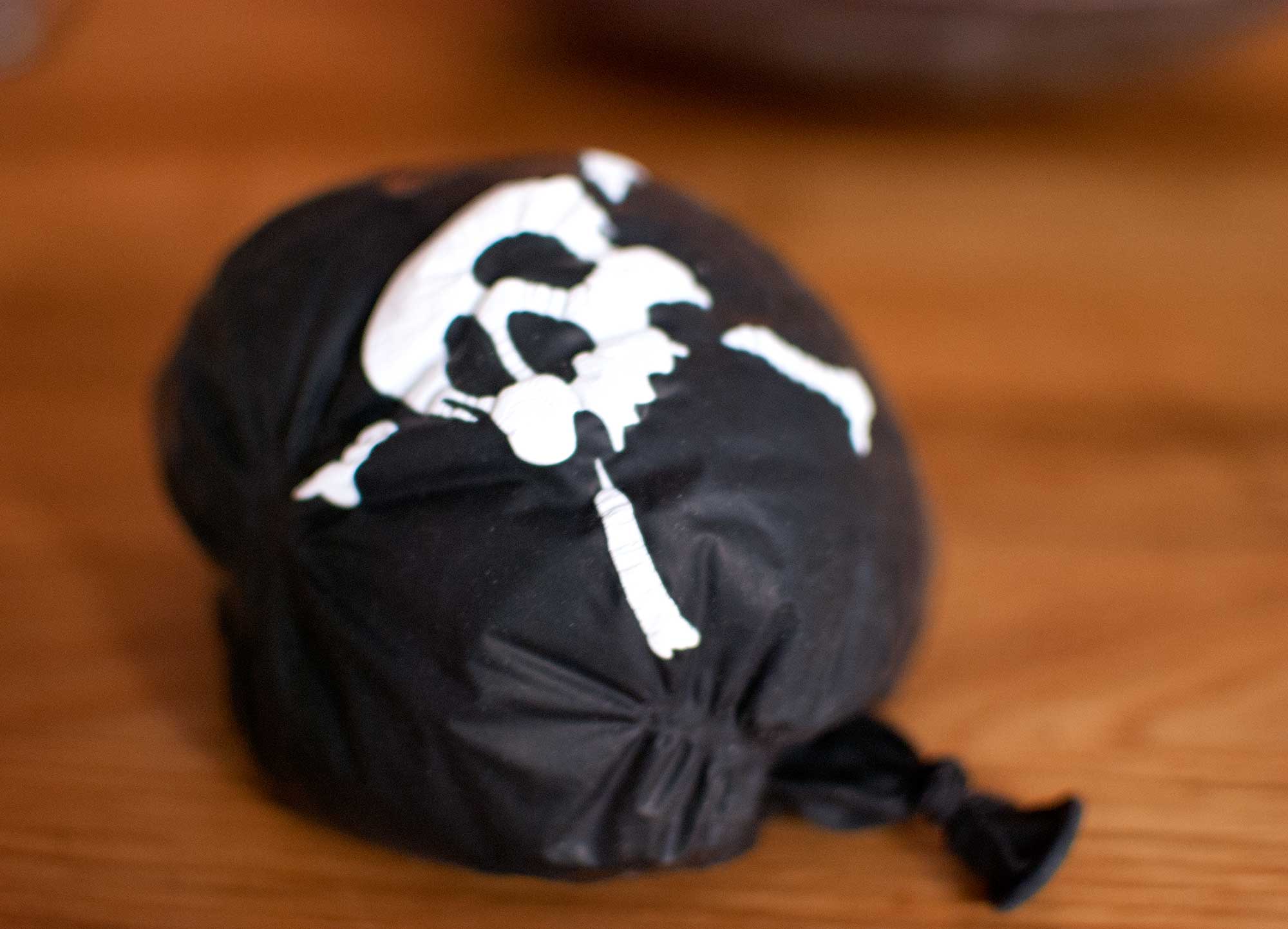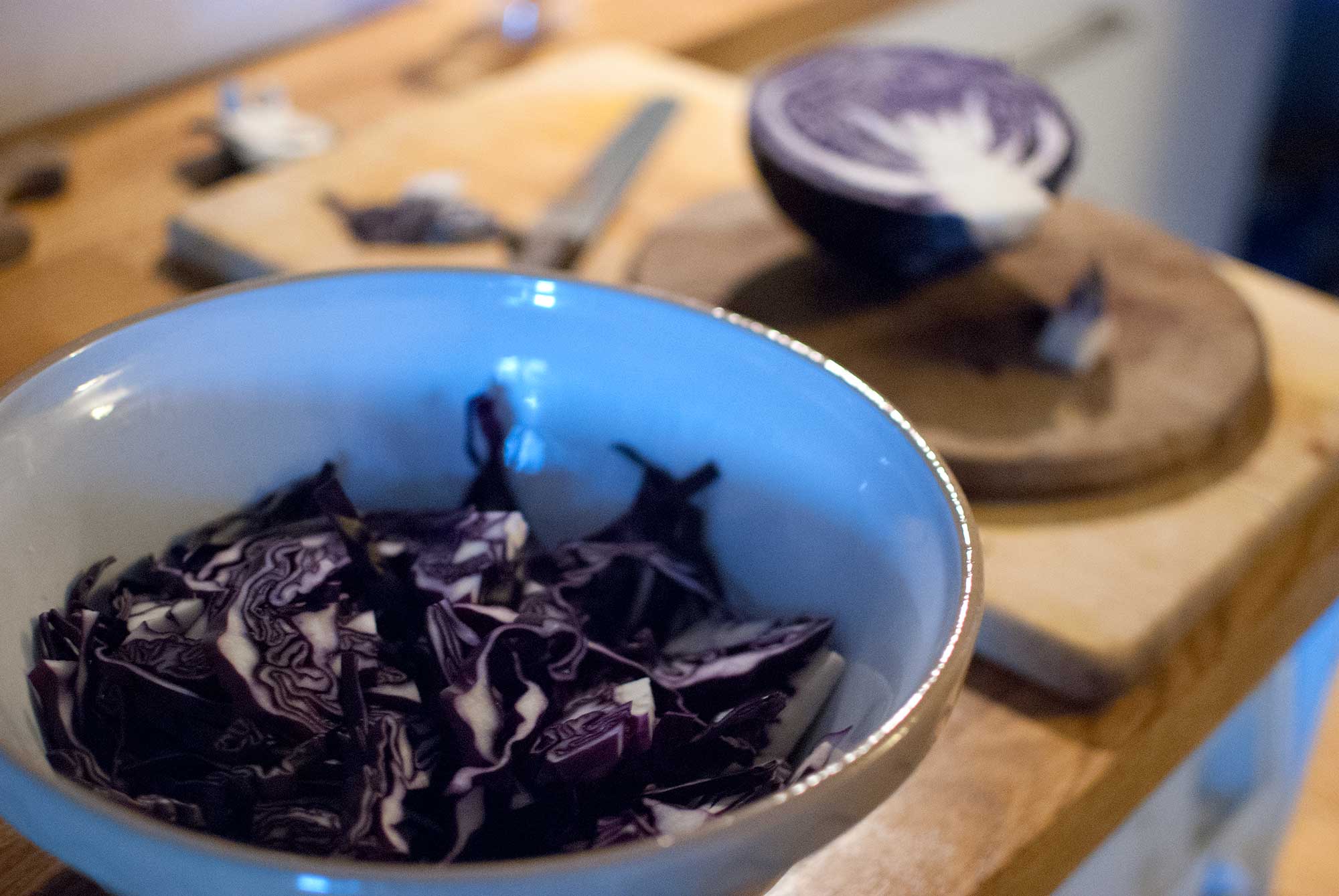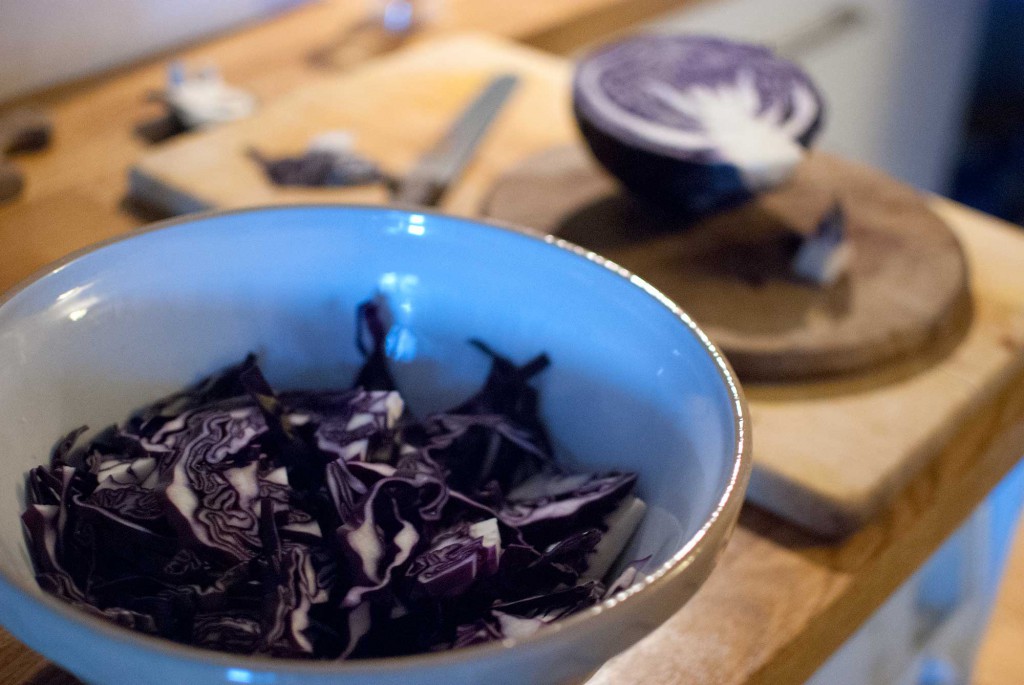In the news today (20 October) the UK was given the proposition that dying folk should be given experimental drugs before they get through the full trial process. Let’s ignore for the moment that the full trial process hasn’t delivered much for MS patients. So what sort of shenanigans are pharmaceutical companies looking for? Extensive testing hasn’t worked in MSers favour so what sort of dark hell might be unleashed without the double blind placebo controlled ‘gold standard’ in place?
Colorado have reported on this idea in May which a bit puts paid to my theory that it was a fine piece of distraction from the venal behaviour of drug companies not investigating an African disease until it starts threatening the monied, developed world.
My first thought was that it was a bit of damage limitation from the pharmaCos to distract us from the fact that curing a killer like ebola just isn’t financially worth them even starting (do they have a union that does pr for ALL their questionable/commercially sound behaviour?).
Bloomberg Businessweek reported on the plan in August.
Why does the treatment of the disease Ebola have any relevance to MS?
Don’t worry, I’m not connecting the two in a symptom sort of way but I believe both conditions have been poorly served by pharmaceutical companies.
I really feel quite uneasy about the treatment that pharmacos have meted out on MS patients throughout my 20 year ‘MS career’. When I couldn’t get hold of DMDs, before they were available in the UK I wanted them very badly, then NICE was born (especially to avoid the ‘postcode lottery’ surrounding MS prescriptions) and they became available so I read up the trial results as I’ve mentioned more than once.
In my mid 20s with not many regular symptoms it didn’t make sense to me to take multiweekly injections for a less than 50/50 chance of benefit. Other than a couple of goes at steroids to get back my ability to walk again after fresher’s flu went bad in me I have stayed pharma free.
I think I’ve talked about a vascular aspect to MS having been spotted by Charcot in the 19th century. He gave this disease a name and yet this aspect of our condition is barely being investigated. I’ve certainly mentioned my own taste of this theory in Brooklyn a couple of years ago, where an ultrasound was taken of my jugular veins from the INside where a valve was seen to be blocked shut.
We have more and more appropriate imaging technology since noticing in 19thC postmortem brains that veins might be implicated. Why is this theory not investigated further with the full force of what we have at our disposal? It doesn’t help to get too stressed about it but, no matter how many times I stamp my feet, life STILL isn’t fair. My blood gently simmers at the injustice of our woefully inadequate treatment from the people we’re supposed to trust. I feel for those who live under the shadow of Ebola and the horrific injustice they face every day when they continue to see no effective science being done in their name.
I’m glad my father encouraged me to question everything (perhaps not consciously but he did). I think it’s stood me in good stead for identifying folk’s motives. Although I s’pose, with pharmaceutical companies you don’t have to dig too deep to see the profit motive.
Perhaps I’m very wrong though? See, that ‘question everything’ trait is shining through!








